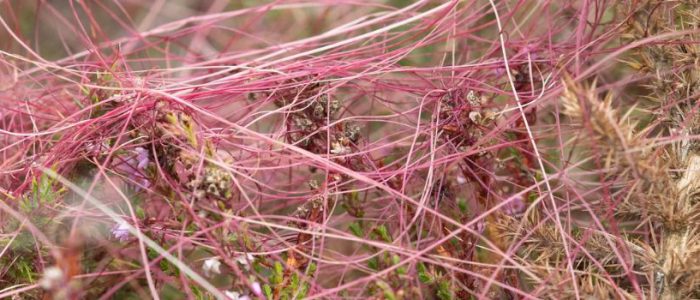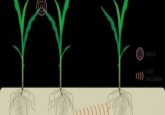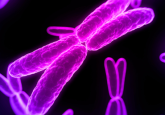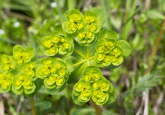Parasitic plants stealing host genes to use against them

Some parasitic plants can ‘steal’ genetic information from their hosts through horizontal gene transfer, which they then use to make themselves a better parasite.
Horizontal gene transfer (HGT) is a process very commonly associated with bacteria and other microorganisms. However, a recent study published in Nature Plants, has now demonstrated how the same process is seen in parasitic plants, namely the dodder.
“We don’t see many examples of HGT in complex organisms like plants, and when we do see it, the transferred genetic material isn’t generally used,” commented Claude dePamphilis, senior author and professor of Biology at Pennsylvania State University (PA, USA). “In this study, we present the most dramatic case known of functional horizontal gene transfer ever found in complex organisms”
Parasitic plants are characterized by their inability to photosynthesize the energy they need to survive, instead using structures known as haustoria to extract nutrients and water from host plants. At the same time, they also take in some of the host plant’s genetic information and incorporate that into their own genome.
“In this study, we present the most dramatic case known of functional horizontal gene transfer ever found in complex organisms”
Using a set of rigorous criteria, the team identified 108 functional genes that have been transferred to the dodder’s genome via HGF. Many of these work to improve the dodder’s parasitic ability including contributing to the structure of its haustoria, defense responses, amino acid metabolism and even acting as a weapon against the host’s own defense genes.
Evidently not all genes acquired through HGF are functional, however. The researchers were also able to identify 42 regions of the dodder’s genome that seemed to originate from HGF but contained no functional genes.
- Manipulating crops to cope with climate change
- Could plant-based foods be a route for antibiotic resistance?
- The not so a-maize-ing effects of corn
“Because such a huge quantity of genetic material has come over through HGT we suspect that the parasitic plants cannot filter what is coming in,” dePamphilis commented. “But natural selection is helping maintain the useful genes and filter out the less useful segments.”
By tracing the evolution of the ‘stolen’ genes, the researchers were able to identify 18 that were present in all dodder species. This suggested that these 18 originated from the common ancestor who must have acquired them through HGT.
The scientists are now moving on to investigate exactly how this genetic material is transferred and whether the process only goes one way, and dePamphilis doesn’t seem to think work will stop there.
“We’d love to know how extensive HGT really is,” dePamphilis remarked. “We looked at just one of species of dodder, which is just one of over 4000 species of parasitic plants. Does HGT of functional genes happen to the same extent in other species? Is it possible in non-parasitic plants? In other complex organisms? This may be the tip of the iceberg.”





